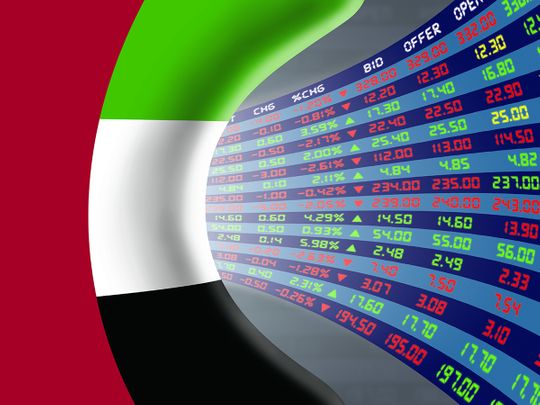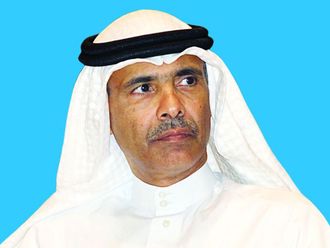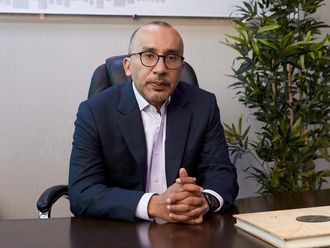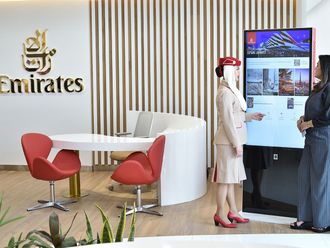
Capital markets in the UAE and GCC during the post-Covid era have entered a listings ‘super-cycle’, supported by the rising stock markets.
A combination of privatization programs, along with regulatory reforms across the board, unleashed a torrent of capital into the economy by way of FDI. The capital markets have been among the biggest beneficiaries of this.
From having virtually no coverage of the markets, breathless ‘boomer’ commentators now wax eloquent about each day’s gyrations (for instance, that of Phoenix), along with corporate moves such as restructurings (by Drake & Scull, Uniion Properties) and buybacks (that by IHC).
But the primary focus has been on oversubscriptions that IPOs have drawn as well as the first day pops of these companies. Even as more than $100 Billion was raised in the last 3 years, companies continued to change the retail offering percentage to cater to the overwhelming demand that was arising from the domestic population.
And as liquidity providers (otherwise known as market makers) entered the fray, an ecosystem was being built to cater to the burgeoning demand from international and domestic investors alike, setting the stage for a domestic pension fund structure.
Cashing in on listing day
There was always this countervailing force prevailing in the zeitgeist, perhaps as a response to the meme stock mania that was running amok in US markets - the lure of making a quick buck based on first day gains. If only short-term results mattered (and they often do for management), then the incentives for driving up stock performance would have led to an erosion of economic characteristics of the business.
We know that the microstructure of the domestic capital markets are shaped somewhat differently. Over the last 3 years, we have seen a great emphasis on dividends. Indeed, for many companies that have listed, all of the gains that have accrued to the shareholders have been in the form of dividends (Dewa, Fertiglobe).
Investors have also been able to participate in new sectors of the economy such as AI (Bayanat, Presight), as well as healthcare (PureHealth, Burjeel). Whatever their preference, total returns is the only metric that should count for investors. As the choice has increased, so has the base of knowledge. (We await with bated breath from the same boomer analysts to point out that more than a third of returns in the domestic markets have been in the form of dividends, and not reflected in the stock price).
As Alef lists – which is also an opportunity to capitalize on the education sector leveraging their technological platforms - all eyes will once again typically be on the first day performance the stock registers.
All to do with underlying profitability
However, unlike many of their counterparts in the US, the listings in the UAE have always been about underlying profitability and growth drivers. Hence, investors have been left to focus on the valuations they are paying (which have gotten more aggressive in response to the astonishing demand that investors have).
Investing, however, is a long-term thinking game, not about short-term flair and success. In making their capital deployment decisions, investors should consider the following: for all the successful companies that they can think of in the world that have listed over the last 30 years, the first days pops have paled into insignificance over time.
Understanding the business, and the competitive advantages that the companies bring to the table are the only factors that matter long term, regardless of the first day or even short-term gyrations. For all those who claim to have predictive skillsets in forecasting short-term trends, history suggests that the track record is poor.
Instead, stock performance will over the long term reflect business prospects and its success or lack thereof. As more companies rush to market, investors should take advantage on the myriad of opportunities and stop focusing on first day gains. The UAE already has world-class companies that have been listed, and more will follow.
It is that factor that should be at the center of decision-making for investors. This is likely to be more than anything else, the catalyst that drives the renaissance.













